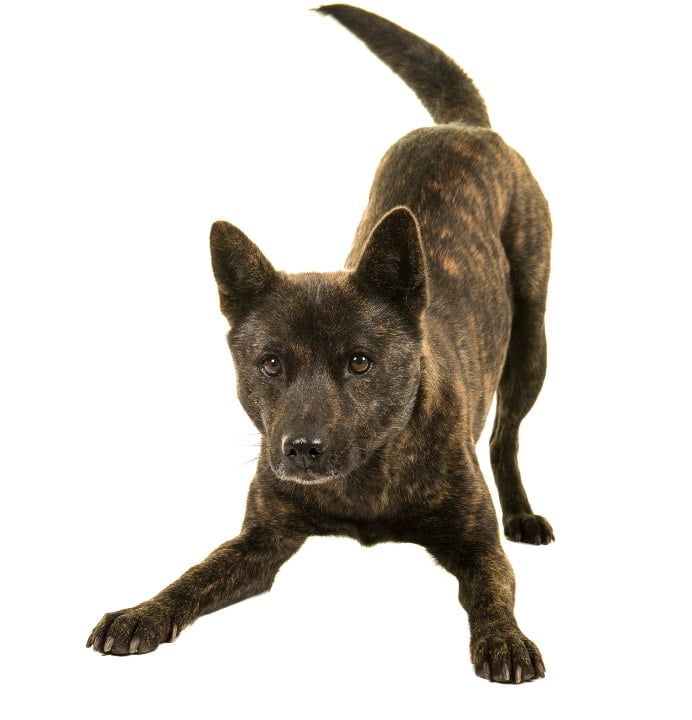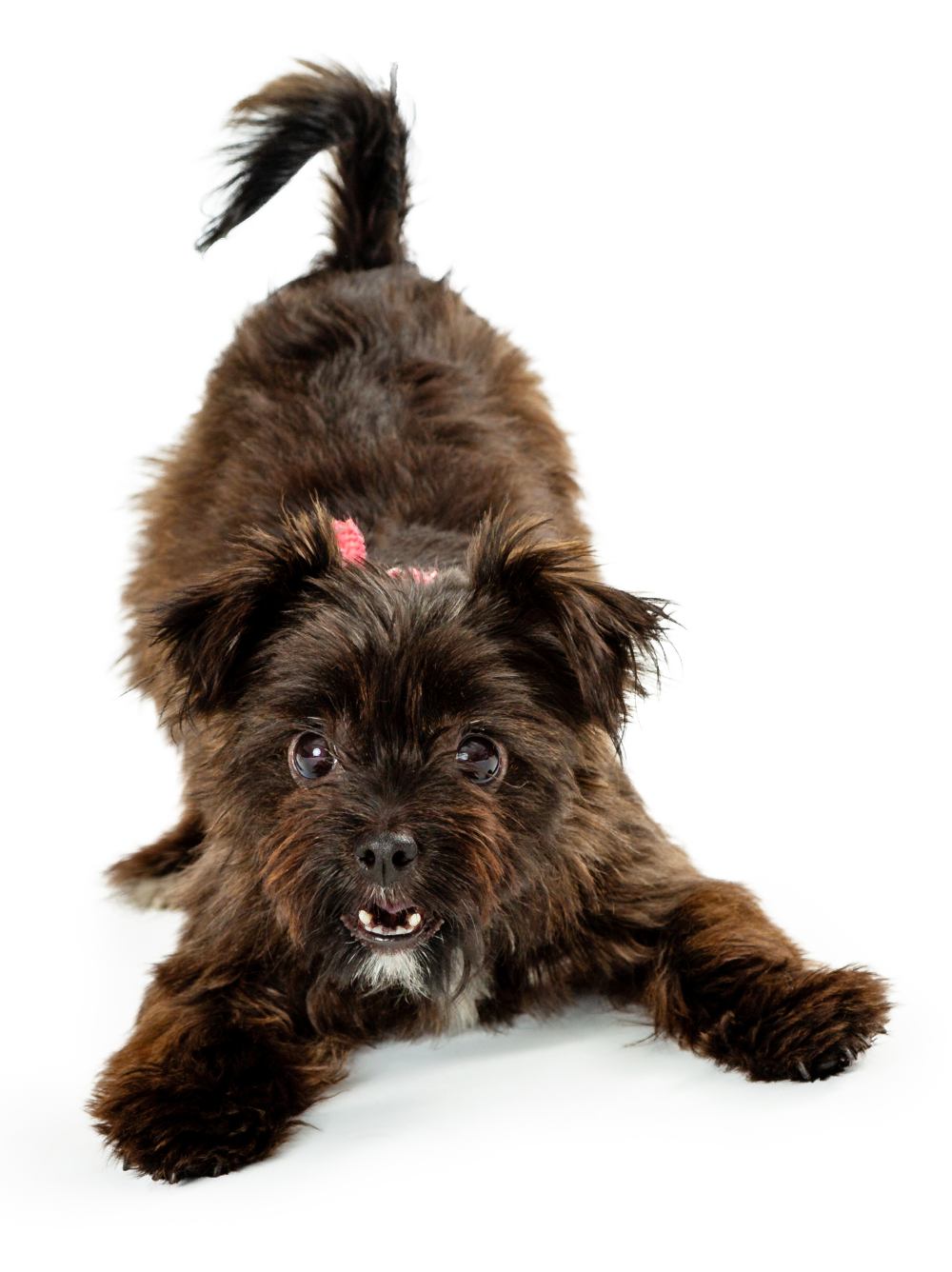Become Bowlingual® today with Mindfulness4dogs
Understanding canine body language, or becoming “Bowlingual®,” is a key to building a strong bond with your furry friend. By becoming “Bowlingual ,” you’ll be better equipped to communicate with your dog and create positive interactions. One essential aspect of Bowlingo® is recognizing the “Play Bow,” a playful gesture that signals a dog’s readiness for fun and games.
The Play Bow: A Sign of Playfulness: The “Play Bow” is a fundamental expression of a dog’s desire to engage in play. Recognizing this gesture is crucial for fostering enjoyable interactions with your dog.
Here’s how to identify it:
- Body Position: Your dog lowers their front end while keeping their rear end elevated. Their front legs are extended forward, and their tail often wags enthusiastically.
- Facial Expression: During a Play Bow, dogs usually wear a relaxed and happy facial expression. Their eyes may be bright and eager.
- Vocalizations: Dogs may bark, growl playfully, or make loud excited sounds when performing a Play Bow.
Why the Play Bow Matters
Understanding the Play Bow and its significance can improve your relationship with your dog in several ways:
1. Encourages Play:
- Recognizing the Play Bow allows you to respond appropriately, initiating fun playtime that satisfies your dog’s natural instincts.


2. Promotes Bonding:
- Engaging in playful interactions based on the Play Bow strengthens the bond between you and your dog, enhancing your relationship.
3. Reduces Misunderstandings:
- By responding to the Play Bow, you avoid misinterpreting your dog’s behavior as aggression or fear when they’re just eager to play.
4. Enhancing your Communication skills:
- Becoming Bowlingual helps you better understand your dog’s emotions and needs, leading to more effective communication.
How to Decode Canine Body Language
Observe Body Posture:
- Pay attention to your dog’s overall body posture. A relaxed, open stance typically indicates comfort, while stiffness or tension may signify anxiety or discomfort.
Watch the Tail Wag:
- A wagging tail isn’t always a sign of happiness. The speed and height of the tail, along with the context, can provide valuable insights into your dog’s mood.
Examine Ear Position:
- Forward-pointing ears often indicate interest or excitement, while flattened ears can suggest fear or submission.
Study Facial Expressions:
- Dogs convey a lot through their facial expressions. Bright eyes, a relaxed mouth, and a relaxed tongue usually indicate a content and comfortable dog.
Listen to Vocalizations:
- Different vocalizations, such as barks, whines, or growls, can reveal your dog’s emotions and intentions.
